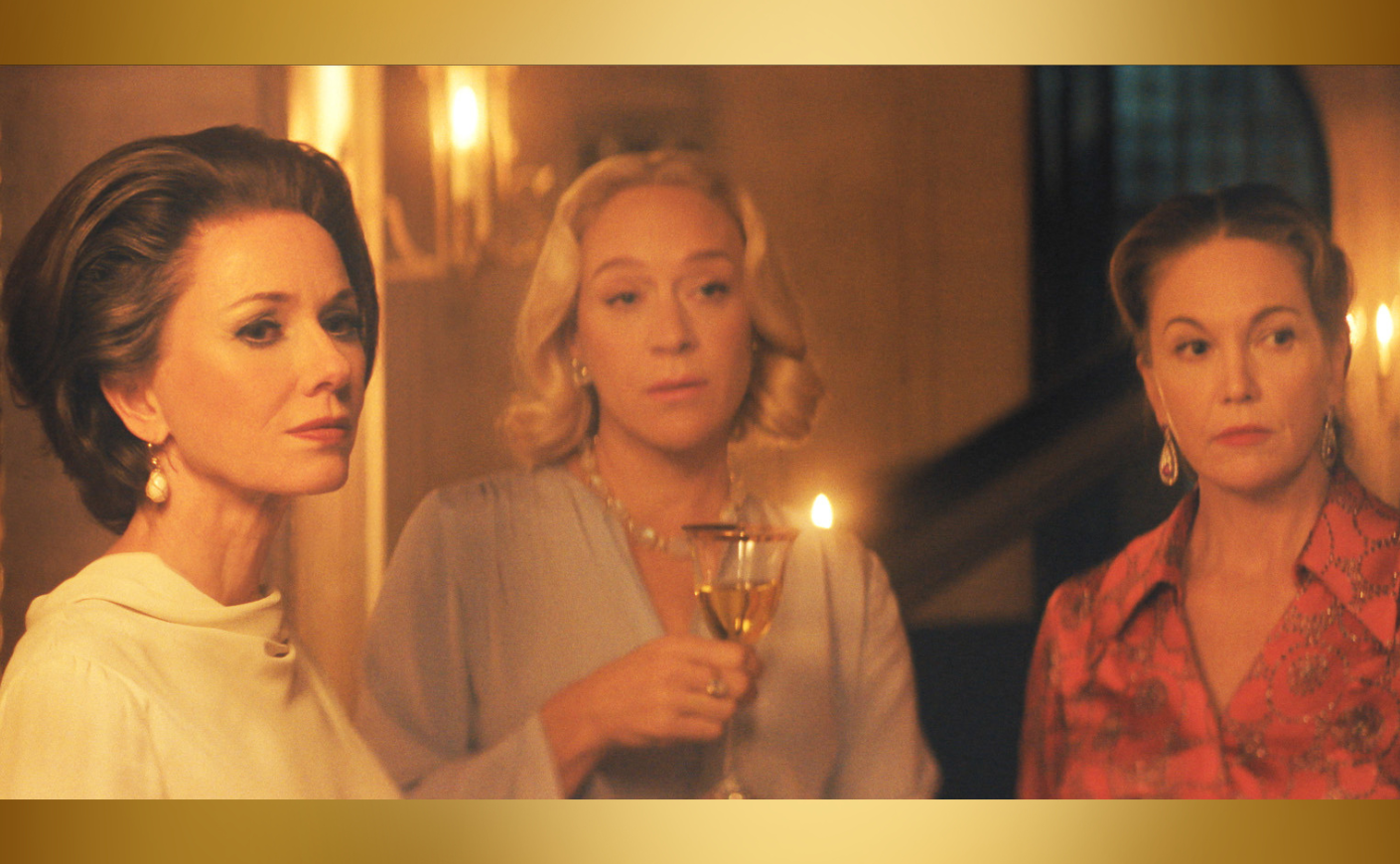Find out who inspired Ryan Murphy’s newest season of Feud.
Can gossip still be piping hot after half a century? If you tuned into Feud: Capote vs. The Swans, you already know the answer is a resounding yes.
Ryan Murphy’s FX series about famous pop-cultural beefs (which kicked off with 2017’s Bette and Joan) is back on the airwaves — this time, with a juicy retelling of how the writer Truman Capote destroyed his friendships with the most fabulous women in New York City society during the 1960s and ’70s. While the story’s central characters were regular fixtures in the press back then, we can’t blame you if you’re a little hazy about who’s who. But never fear: We’re here to catch you up on the real-life drama.
What happened between Truman Capote and The Swans?
As an effeminate gay man born in the Deep South in 1924, Capote was an outsider for much of his early life. But he became a nationwide celebrity upon the publication of 1966’s In Cold Blood, his revolutionary “nonfiction novel” that chronicled the murder of a family who lived on a farm in Kansas. After embedding himself on the scene, Capote’s book was a smashing success, catapulting him to the most elite social circles in Manhattan and beyond.
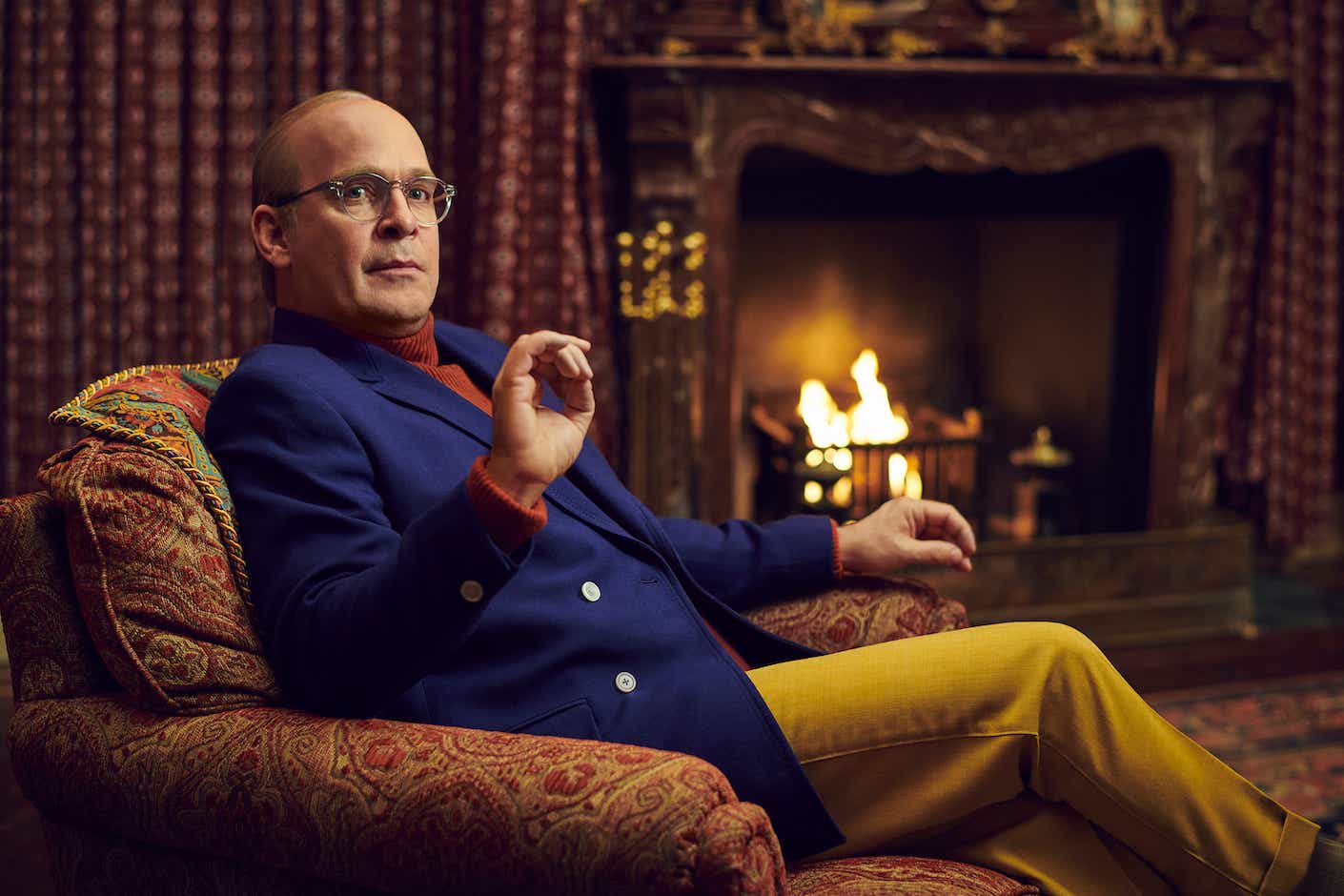
But it all came crashing down in 1975. That’s when Esquire published his short story “La Côte Basque, 1965,” named for a famous restaurant that features heavily in Feud. The piece was billed as an excerpt from Answered Prayers, an upcoming novel that Capote claimed to be working on but ultimately never materialized. The story was a thinly veiled expose about Capote’s closest friends, including revealing details about their private lives. When the women read what he’d written, they shunned him from their group — and several never spoke to him again.
Who plays who in the cast of Feud: Capote vs. The Swans?
But who were these women, exactly? Fans of the show (or of this specific slice of history) know they were wealthy, influential, fashionable ladies who held substantial power in the New York social scene. Capote collectively called them “the swans” as a representation of their elegance and beauty, but each one is memorable in her own right. Here’s a closer look at the real-world figures being portrayed in this starry series about power, friendship, and betrayal.
Babe Paley, played by Naomi Watts
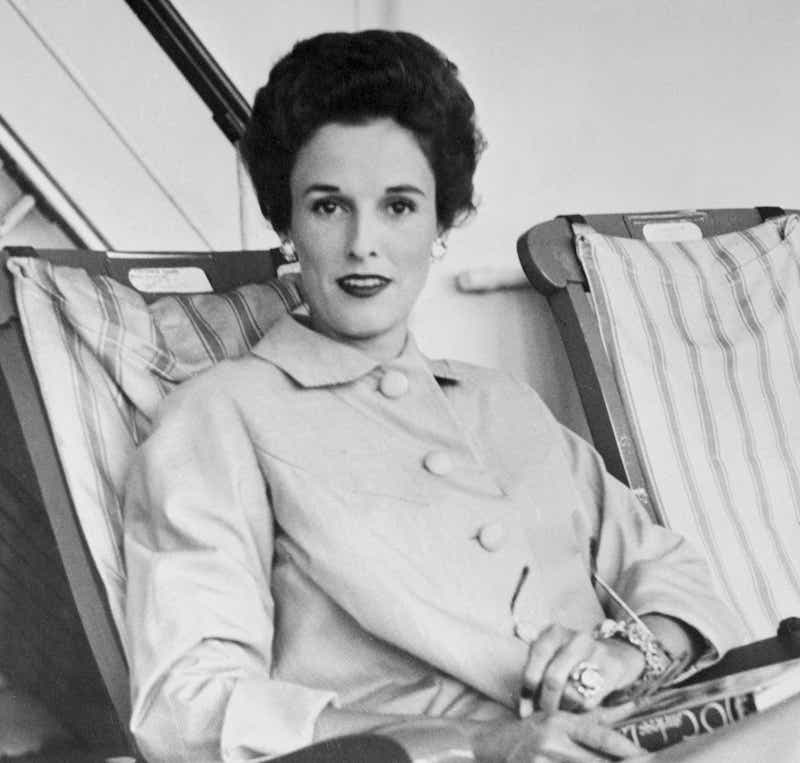
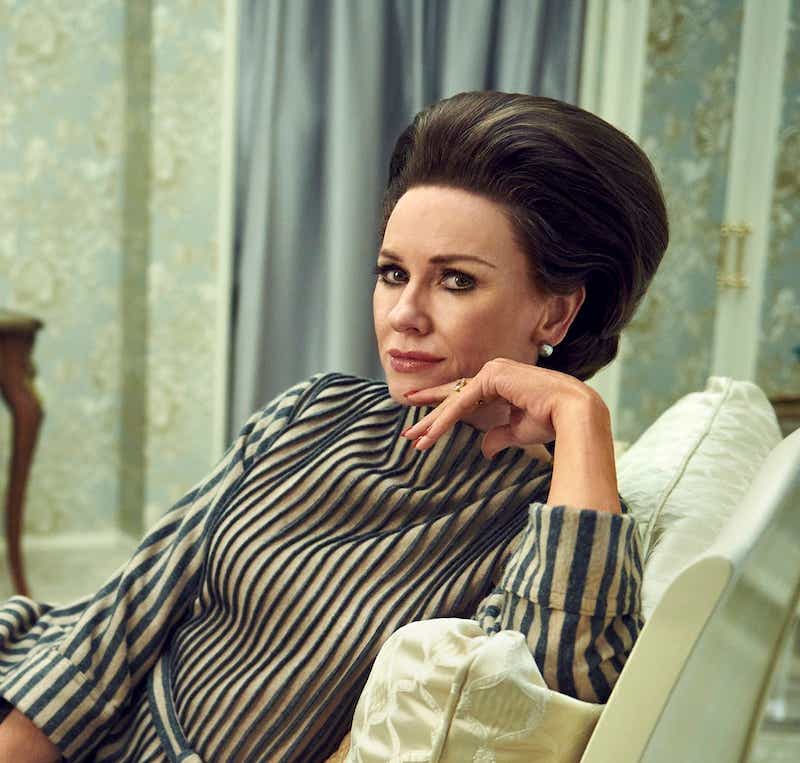
Babe Paley, immortalized by Naomi Watts in Feud, was born Barbara Cushing Mortimer in 1915. She was an iconic American socialite known for her elegance, sophistication, and beauty; and influential role in high society during the mid-20th century. But Paley’s allure extended beyond the exterior — she was notoriously witty and charming, which helped her become a prominent figure in the glamorous world of New York’s social scene. Her impeccable style landed her on Best Dressed lists regularly.
Raised in a wealthy and well-connected family, she married her first husband, Stanley Grafton Mortimer Jr., in 1940, cementing her status in elite circles.
As you already know, Paley and Capote formed a close bond that went beyond mere friendship. Capote described her as one of his, you guessed it, “swans” — a term he coined for his circle of sophisticated and socially influential female friends.
Paley played a significant role in Capote’s life, and their friendship was fueled by mutual admiration and a shared understanding of the complexities of a certain high-flying NYC lifestyle. But things took a turn when Capote portrayed Babe and her high-society friends in his celebrated work, “Answered Prayers.” Babe saw it as a betrayal, causing the infamous feud.
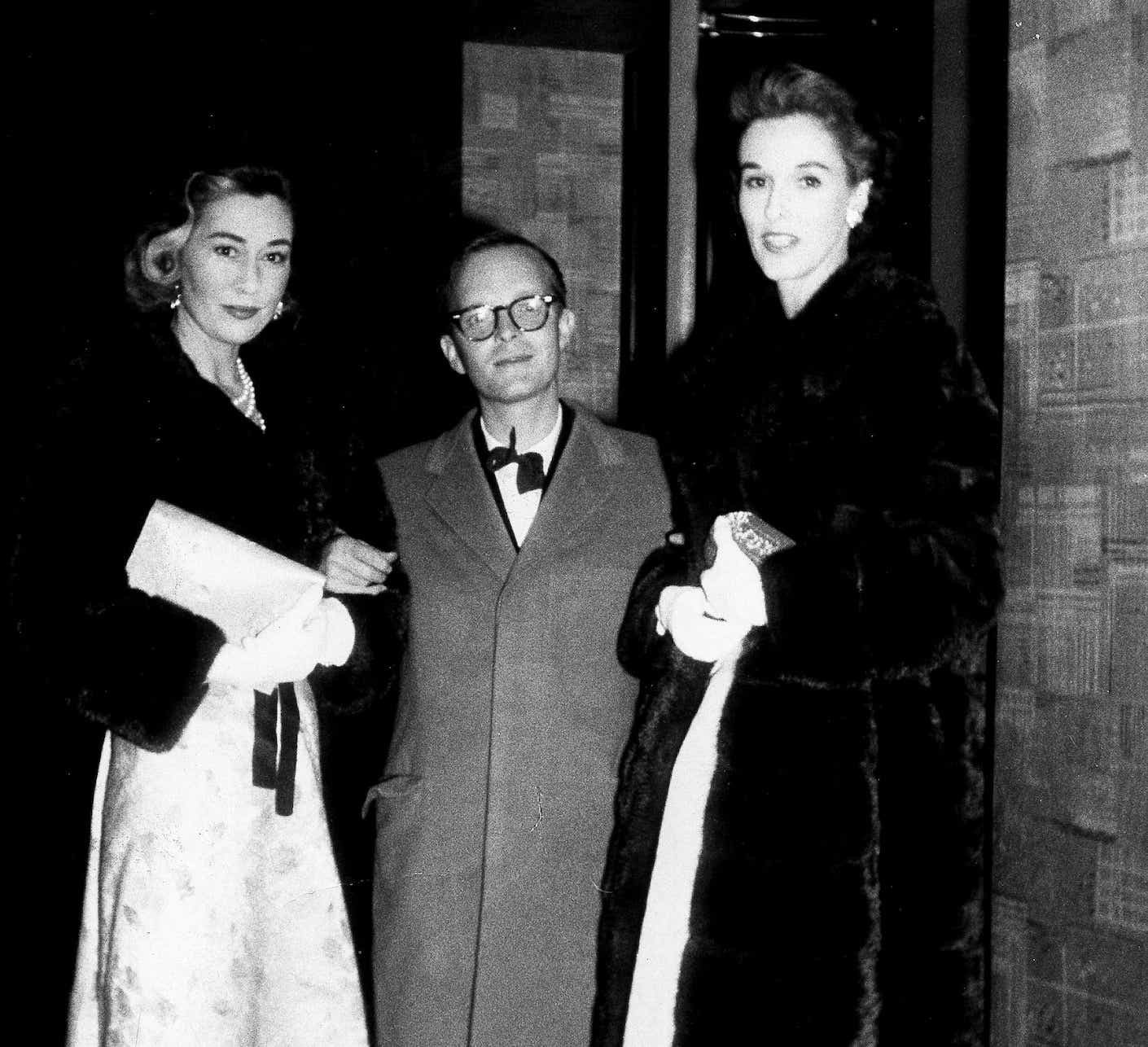
Of course, this wasn’t the only challenge Babe faced in her life. After her first marriage ended, she married CBS founder William S. Paley, portrayed by Treat Williams in the FX show. Bill was a notorious cheater and stepped out on Paley with Happy Rockefeller, the wife of New York governor and 41st vice president of the U.S., Nelson Rockefeller. Apparently, Capote was the only person Paley told about the infidelity in her marriage, and Capote used those tales in his infamous article “La Côte Basque, 1965,” in which he renamed the couple Cleo and Sidney Dillon.
Paley passed away in 1978, leaving behind a lasting imprint on the cultural landscape of mid-20th-century America.
Slim Keith, played by Diane Lane
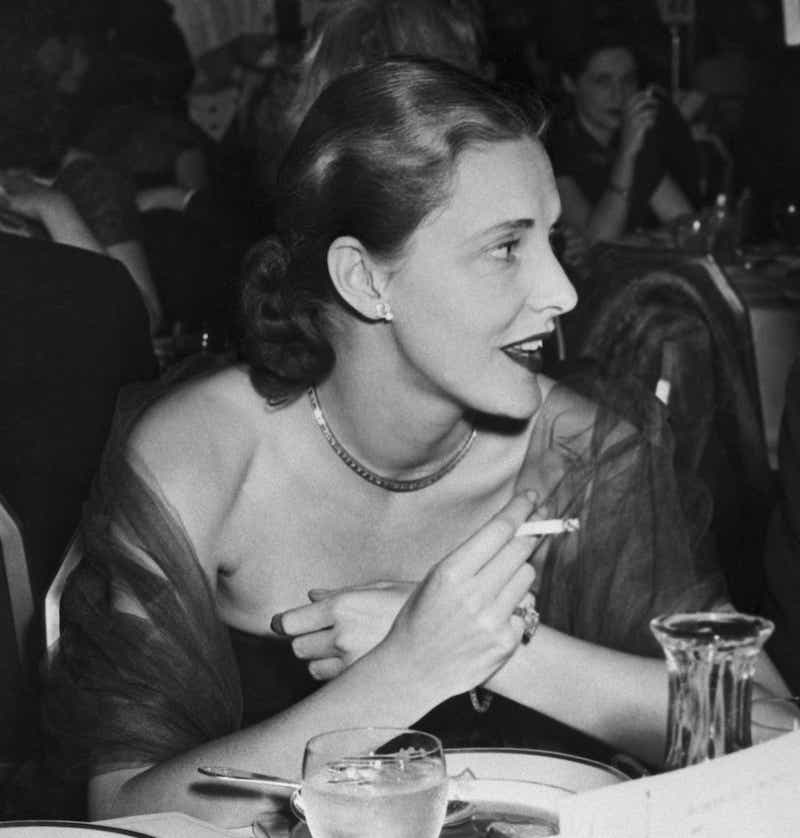
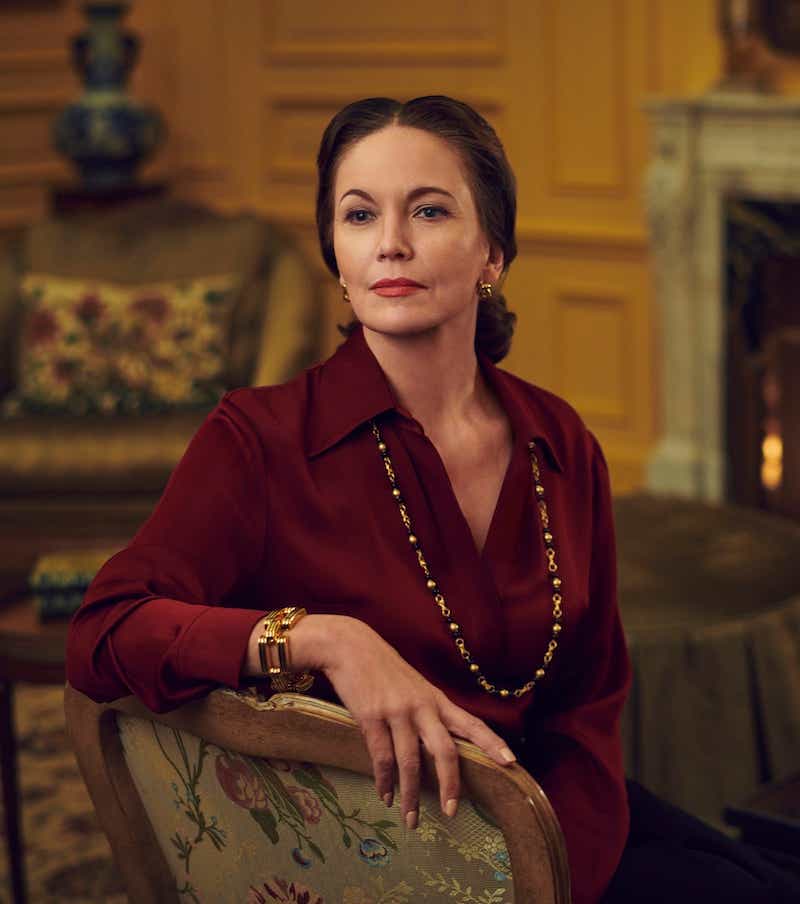
If you’re wondering, Where does a name like Slim Keith come from?, buckle up. Played by Diane Lane in Feud, Keith was born Mary Raye Gross in Salinas, California in 1916. Her mother changed Keith’s first name to Nancy when she was a child. But there’s more to her than her unforgettable moniker.
Ever the rebel, Keith eventually started going by her nickname “Slim.” She dropped out of school at 16, fell in with high society, and spent time with the likes of Clark Gable, Cary Grant, and William Randolph Hearst and his mistress, actress Marion Davies. (Who needs high school when Hollywood socialite status awaits?) She was on the cover of Harper’s Bazaar by the time she was 22. Slim eventually married a grand total of three times — and had an alleged fling with Ernest Hemingway — with the final husband being British banker Kenneth Keith, who also happened to be Baron Keith of Castleacre, meaning she became Lady Slim Keith of Castleacre.
Capote called her Lady Ina Coolbirth in his book, and described her as “a much married and divorced society matron.” In real life, he affectionately referred to Keith as “Big Mama.” After Capote published the piece, Keith never spoke to him again.
Wondering who was the unofficial head of the gang of swans? According to some, Keith was considered the ringleader in the Swans’ war with the author.
She died of lung cancer in 1990, at the age of 73.
C.Z. Guest, played by Chloë Sevigny


Born Lucy Douglas Cochrane in 1920, C.Z. Guest was the epitome of a WASP: She was the daughter of a prominent investment banker, hailed from New England, and was an accomplished equestrian. While she might have appeared prim and proper, she had a wilder side, too: She appeared as a stage actress in the Ziegfeld Follies in 1944 and had been painted by Diego Rivera, Salvador Dalí, and Andy Warhol. She had successes in the fashion and gardening worlds as well, and was a published writer.
In 1947, she married Winston Frederick Churchill Guest, a British-American polo champion and relative of Winston Churchill (confusing, we know). Ernest Hemingway (alleged former paramour of Keith’s) was the best man at their wedding. The couple had two children and, unlike her fellow Swans, she stayed married until his death in 1982.
Winston wasn’t the only man she remained faithful to: She was the only swan to forgive Truman after “La Côte Basque, 1965.” Easy for her — she wasn’t mentioned in the piece.
Lee Radziwill, played by Calista Flockhart
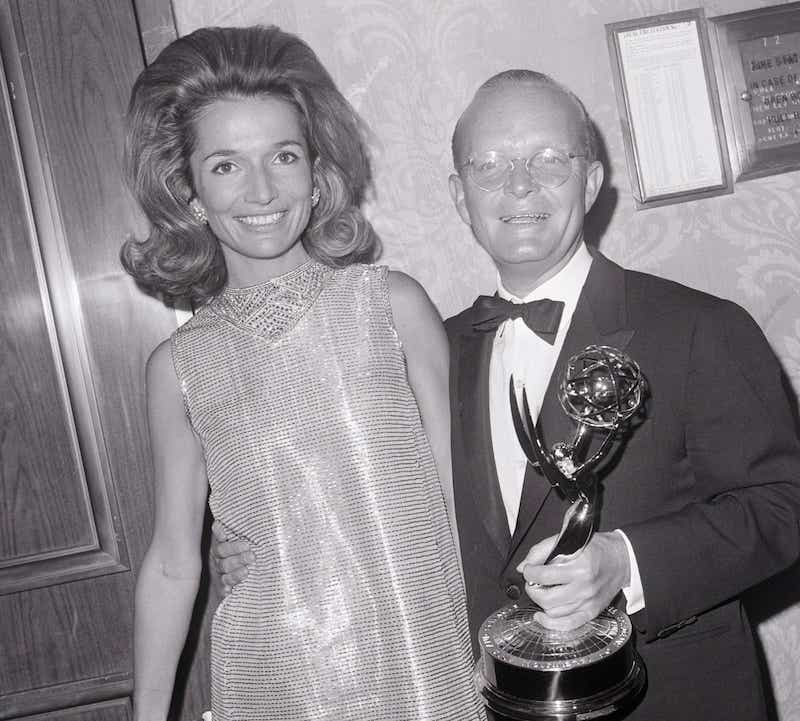

Born Caroline Lee Bouvier in 1933, you probably know this character best because of her older sister, Jacqueline Kennedy Onassis. Though she would never reach the cultural heights of her sibling (and how could she, given that Jackie was the first lady of the United States?), Lee Radziwill was quite the mover and shaker in society herself.
She was a lover of fashion who was added to Vanity Fair’s International Best Dressed Hall of Fame in 1966, and was also known for her love of interior design. She spent several years decorating the abodes of wealthy clients, and her own homes were just as stunning, as proven by this 1975 Architectural Digest feature showcasing her New York City apartment.
Radziwill was married three times: Her 1953 union to publishing executive Michael Canfield ended in divorce in 1958 (though it was officially annulled in 1962). In 1959, she wed Polish aristocrat Prince Stanisław Albrecht Radziwill, with whom she had two children. Her final wedding came in 1988, when she married Herbert Ross, a choreographer and the director of films like Footloose and Steel Magnolias. After they divorced in 2001 (the same year Ross died), she resumed using the last name Radziwill for the rest of her life.
Jackie Kennedy wasn’t Radziwill’s only famous family member. She was also related to the infamous mother-daughter pair of “Big Edie” and “Little Edie” Beale, whose idiosyncratic lives in a dilapidated home in East Hampton, New York, were immortalized in the 1975 documentary Grey Gardens. Radziwill actually first had the idea to chronicle the Beales on film, and tapped directors Albert and David Maysles to help. She eventually left the project, but the Maysles’ movie became a defining documentary of the 20th Century.
One of Radziwill’s most memorable moments with Capote — not chronicled in Feud — was when she accompanied him on tour with the Rolling Stones in 1972, when Capote was recruited to write a piece about the band.
Radziwill died of natural causes on February 15, 2019, at the age of 85.
Ann Woodward, played by Demi Moore
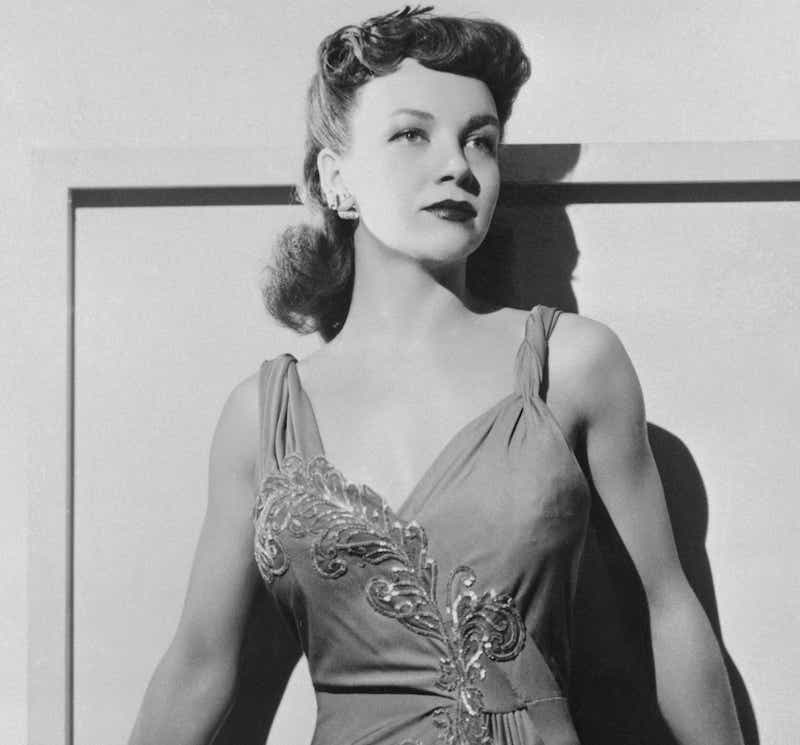

Born Angeline Lucille Crowell in 1915, Ann Woodward moved to New York City in 1937 to work as a model and actress. She eventually became known as “the most beautiful girl in radio,” according to The New York Times.
While working as a showgirl, she met William Woodward Sr., a banker and horse breeder. The couple wed in 1943. The relationship was reportedly an unhappy one, with infidelity on both sides. Then it came to a dramatic end in October 1955, when Woodward shot her husband dead with a shotgun. She told authorities she had believed he was a burglar, and officials later determined the incident was an accident.
Despite the outcome of that investigation, Woodward eventually became known for “murdering” her husband — an accusation popularized by Capote. In “La Côte Basque, 1965,” he wrote of a character named “Ann Hopkins,” whom he portrayed as having purposefully killed her husband. The piece set off intense gossip about the circumstances of his death and became a commonly accepted version of events, even though there was no proof that Woodward’s gunshot had been truly intended for her husband.
She died by suicide in 1975, when she took a cyanide pill. Friends said she’d been suffering from severe depression, but speculation also ran rampant that the fallout from Capote’s short story was to blame. That included the mother of William Woodward Sr., who said of Ann: “She shot my son, and Truman just murdered her, so now I suppose we don’t have to worry about that anymore.”







